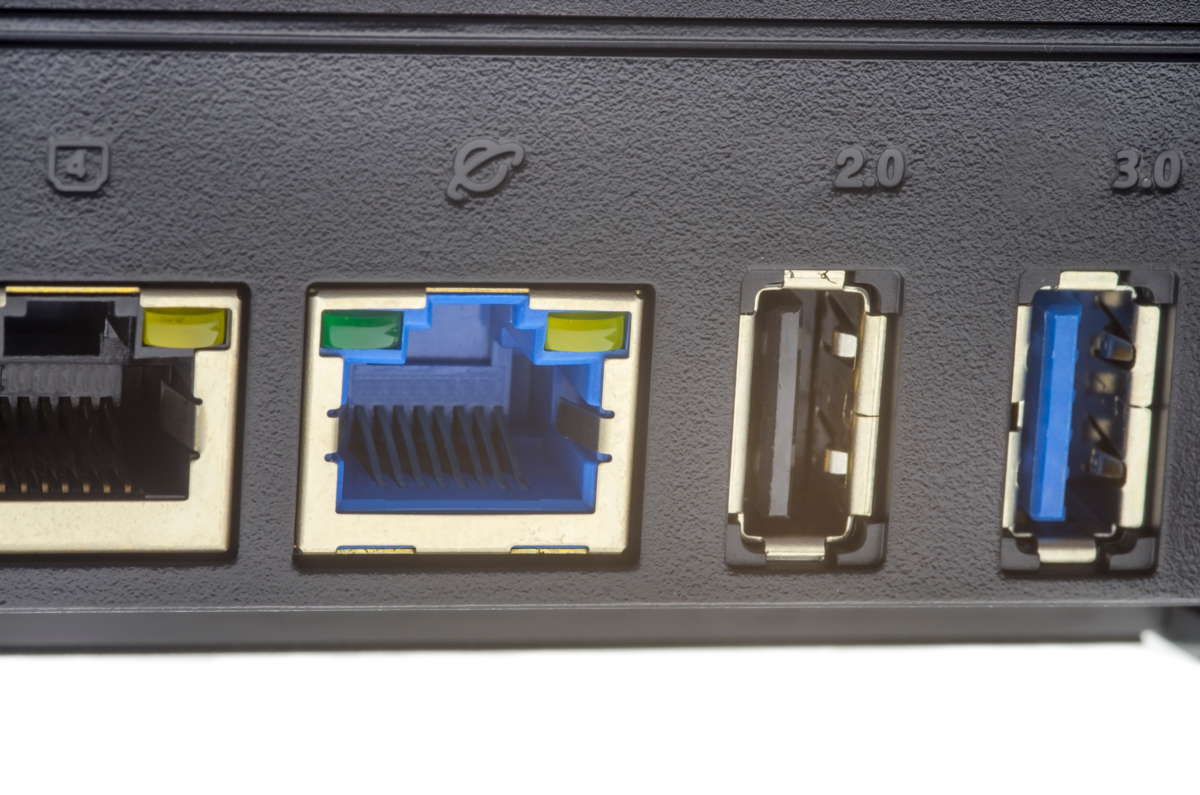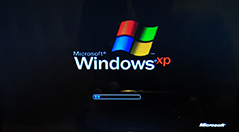Why Are USB Scales Not Available?
Once in awhile, we will get a customer who just wants to buy a generic USB scale that will just work when they plug it in. It can be hard to explain why no such thing exists to someone who is used to plugging all their other peripherals into the USB ports. The answer starts all the way back in the 1970’s.
User Interfaces in the 1970’s
In the days when people started putting standalone computers on their desks instead of logging onto distant mainframes, nearly all the peripherals for those computers used an interface called RS232 serial. This interface had been adapted in the 1960’s from telegraph industry protocols. In the 1970’s, Centronics created a new parallel interface for printers. It used simpler and cheaper electronics, and was much faster than serial. However, it also used more expensive cables that couldn’t run as far. Since it was designed to send data out from the computer to a device, and scales send data from the device back to the computer, scales never used it.

Programming Industrial Equipment in the 1980’s
In the 1980’s, when the IBM PC was introduced, it could support four serial ports and three Centronics ports with standard adapters. The built in BIOS software offered functions to control these ports, but they were slow and limited, so most PC software resorted to manipulating the hardware directly. This also allowed programmers to hack the Centronics port for bidirectional uses. However, those hacks were proprietary, and not all the software worked with all the hardware. Schemes to increase the number of ports were also proprietary and only worked with applications that were aware of them.
The Arrival of USB
USB was invented in 1996 to fix this. It made use of newer technology to allow a nearly unlimited number of mixed devices to be plugged in, and the interface would be automatically managed by the operating system. Most consumer devices migrated to USB within a few years, but few industrial devices, like scales, did. There were several reasons for this.
- Early USB was unreliable. USB devices had a tendency to lock up or drop out once in awhile. This was especially annoying in industry, where computer systems were expected to run reliably 24/7 for long periods of time. So USB scales were not an option.
- USB was fast because it was optimized for peripherals sitting on a desktop; it wasn’t practical to extend a USB cable more than a few meters. Industrial interfaces could transmit data much further, which was often important in industry. So extending a cable to a USB scale from a computer that might be located in an office well off the dirty shop floor was not possible.
- Industry was awash in legacy software which expected to directly manipulate the legacy interface hardware, and nobody was interested in rewriting it to enable USB scales.
- Although USB was intended to replace serial, Intel and Microsoft mysteriously decided not to define a standard protocol for legacy serial USB adapters. This meant that even if you did rewrite the software so you could use the new operating system functions to support more ports for your legacy serial devices, the USB to serial adapters needed proprietary drivers to be installed on the computer.
The upshot of all this is that industry stubbornly avoided USB, and USB scales, except for a few specialty applications where circumstances made it attractive, and because these were rare, they all ended up being proprietary. There was never any universally–accepted generic standard as there are for keyboards and mice and storage devices.
How Windows Changed the Rules in the 2000’s
Things changed radically in the early 2000’s. Until then, Microsoft had two operating systems in production: Windows NT / 2000 intended for business, and DOS / Windows 95 / 98 intended for consumers. The NT line was very reliable but had poor peripheral support because, for security reasons, it didn’t allow application programs to communicate directly with the hardware at all. NT also didn’t support early USB out of the box. Most manufacturers didn’t even bother writing NT drivers unless they were selling ubiquitous office equipment like printers. A PC that could run Windows 98 could also still run DOS, which was more reliable and would run that CNC mill program that had been working fine since 1988.
The Arrival of Windows XP
But in 2002, Microsoft came out with Windows XP, which merged the two lines. This was now their consumer operating system too, and like Windows NT, it wouldn’t run those old legacy programs that went straight to the hardware at all. Fortunately, USB was becoming more reliable, and while everybody grumbled, nearly all consumer peripherals were migrated over to USB. In a lot of cases, this left perfectly good legacy devices with no way to use them.

It’s fine to toss a camera or scanner in the garbage because your new computer won’t talk to it; there’s a better and cheaper one available anyway. But a CNC lathe or mill also won’t talk to new computers, and those were a lot more expensive than the computer. To this day, there is a steady market for legacy–compatible PC hardware, which has become very expensive, to support that old stuff.
What This Meant for USB Scales
So, scale manufacturers saw no advantage to adding a USB interface to their indicators. The old serial hardware was cheaper and simpler, and the signal could be run much further. Also, if your PC didn’t come with serial ports, then you could always get your own USB adapter. Eventually, some of the scale manufacturers started adding Ethernet, which had some of the advantages of USB, but could also be run long distances. Unlike USB, Ethernet didn’t require a driver to be installed for an application to talk to a device.
And that is why you can’t buy a generic USB scale that just works when you plug it in.
Let Us Help You Find the Right Scales for Your Application
Contact your nearest Michelli Weighing & Measurement location today to speak to an expert about which equipment is right for you.
